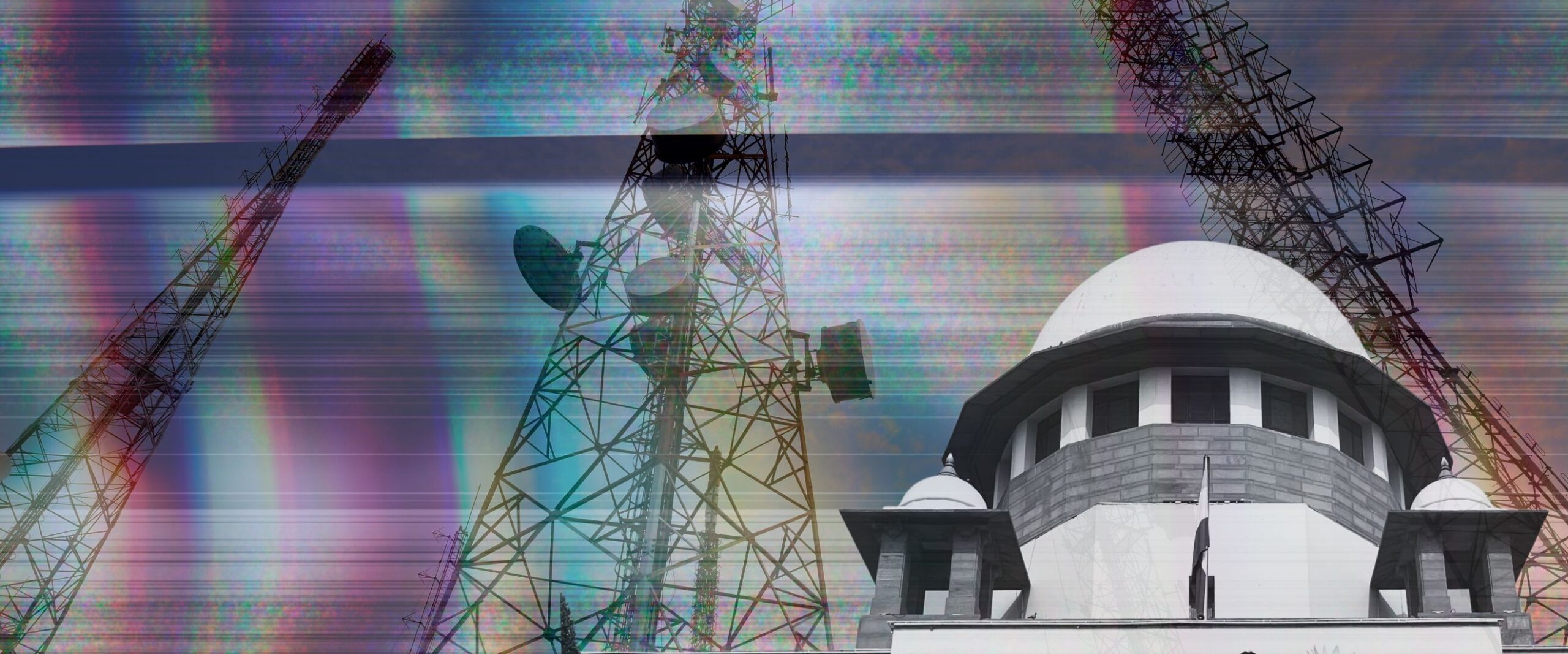Nostalgia and Modernity: The Changing Landscape of DTH Entertainment
Flipping through newspapers, circling movie showtimes, and using Tata Sky to record films was once a cherished ritual for many. This nostalgic backdrop transforms in light of the recent Supreme Court judgment regarding Direct-to-Home (DTH) providers, reminding us of a time before OTT platforms provided instant entertainment at our fingertips. The core issue at hand was whether DTH providers were merely disseminating TV signals or genuinely offering entertainment—a debate rekindled by the State of Kerala v. Asianet Satellite Communications case.
The Legal Landscape: A Complex Judgment
Justice B.V. Nagarathna authored a judgment that added to her recognition for navigating the delicate balance between Union government and state powers. At the heart of the case was the challenge posed by DTH providers, including Tata Sky and Dish TV, against state-imposed entertainment taxes. These providers argued that they were merely broadcasting signals—offering a “service”—and should not be taxed under Entry 62 of the State List, which pertains to taxes on “luxuries, entertainment, and amusement.”
DTH operators emphasized their existing obligation to pay service tax under Entry 97 of the Union List, claiming the entertainment tax imposed by the states was not justifiable. Contrarily, state governments invoked the “double aspect theory” from Canadian jurisprudence. This allowed them to argue that the service provided by DTH providers inherently involves an entertainment element, thus making it taxable on two fronts.
The Supreme Court Upholds High Court Decisions
The Supreme Court sided with the state High Courts, agreeing that by providing broadcasting services, DTH providers were indeed entertaining their subscribers as defined in Entry 62 of the State List. This judicial conclusion illustrated that both Union and state governments possess the legislative authority to tax DTH services, differentiating the “service” aspect from the “entertainment” aspect of the same activity.
The Current State of DTH Providers
This judgment emerges against a backdrop of decline in the DTH market. Recent reports from the Telecom Regulatory Authority of India (TRAI) indicated a significant drop in DTH subscribers—from 62.17 million to 59.91 million within a mere three months. This contraction is compounded by financial burdens, as illustrated by Dish TV’s contestation of a ₹6000 crore licensing fee imposed by the Ministry of Information and Broadcasting (MIB), a hefty demand equating to eight percent of their Adjusted Gross Revenue.
TRAI had proposed a reduction of the licensing fee to just three percent, a change that Dish TV is aggressively pursuing. The MIB’s response to this proposal remains awaited, leaving DTH providers at a crossroads as they also strive for content parity with OTT platforms to enable streaming capabilities.
Implications for the Future of DTH
The combination of rising costs, increasing competition from OTT platforms, and a dwindling subscriber base leads many to speculate whether DTH services are on the path to obsolescence. For those of us who grew up with weekend movie marathons etched into our memories, the decline of DTH feels like a significant cultural shift.
As the regulatory landscape becomes increasingly complicated with the Supreme Court’s ruling, questions abound about whether this legal hurdle will be the tipping point for DTH providers. The nostalgic comfort of Sundays spent in front of the TV now collides ominously with the realities of a changing entertainment industry.
This discussion doesn’t just reflect a shift in technology or business—it’s a mirror to our collective experiences and cultural rituals, even as we navigate the complexities of a media landscape defined by choices between traditional and modern forms of entertainment.


